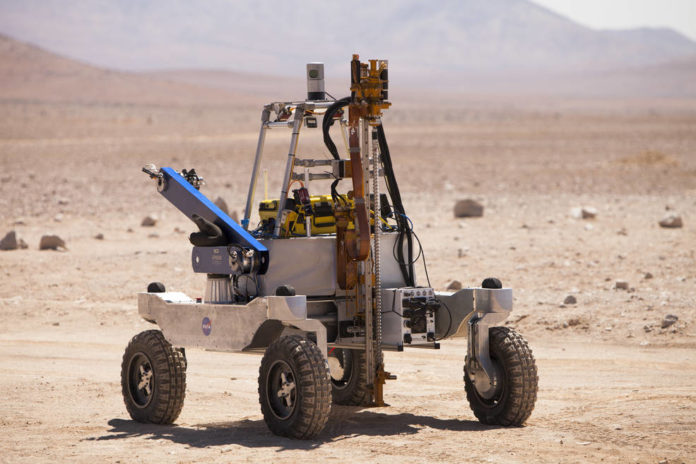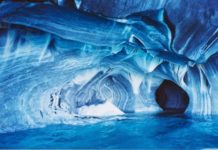
Atacama Dessert in Chile is one of the favourite places for NASA. Although NASA doesn’t have a laboratory there, they do perform potential experiments.
In a region about 100 km south of Antofagasta, which averages 3,000 m in elevation, the soil has been compared to that of Mars. Due to its extreme dryness and stony terrain it is one of the most important environments for researchers who need Mars-like conditions.
NASA completed the second season test of Atacama Rover Astrobiology Drilling Studies (ARADS project), in-spite of the 90-plus-degree heat in arguably the driest place on Earth. This project aims to show that roving, drilling and life-detection can all happen together. Demonstrating the technical feasibility and scientific value of a mission that searches for evidence of life on Mars is it’s primary goal.
Around 35 researchers, scientists, engineers and also the support staff worked for about a month. They tested tools and also collected the scientific data on how life exists in the high desert today.

Credits: NASA/CampoAlto/V. Robles
The soil mineral evidence including the geological evidences clearly suggests that extremely dry conditions have persisted in the Atacama Desert for at least 10 to 15 million years. Life hardly exists in this place. The only life in the desert is in the form of microbes. This rare existence is attributed to the strong and persistent ultraviolet radiations from the sun.
Drawing similarities between Atacama and Mars, one suggestion is possible. If life exists or ever existed on Mars, it’s surface dryness and extensive radiation exposure, likely drives it underground.
According to the space agency, the engineers and scientists working in the Atacama were successful in their primary objective. The objective was drilling from the rover to depths of up to 2 meters.
Brian Glass, ARADS Principal Investigator said, “The drill, rover and robot arm combination behaved beautifully in the field”. He also said, “It was a steady platform that enabled us to go deeper than we expected.”
This year was the second of the four annual tests planned through early 2019. 2018 is expected to see the rover itself carry and operate the life-detection instruments, alongside the drill tested this year.
























